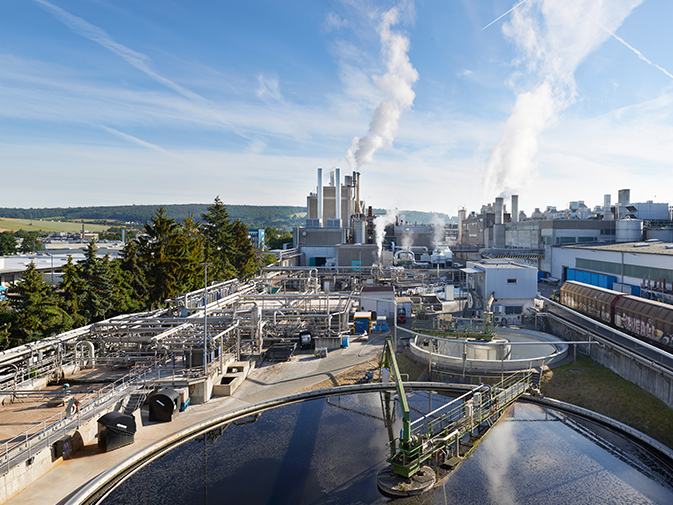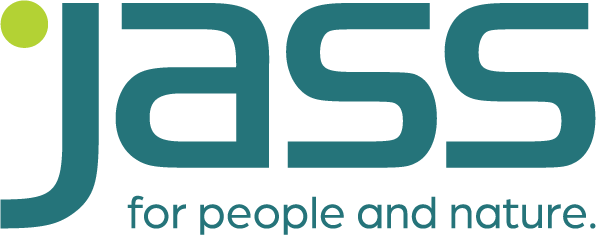
On November 5, 2024, the Fuldaer Zeitung published an interview with our Managing Partner Dr. Marietta Jass-Teichmann under the headline: "In the worst case, we’ll pay back more than we receive in funding."
Dr. Jass-Teichmann, in mid-October you received approval for a climate protection agreement from the Federal Ministry for Economic Affairs and Climate Action. How does such an agreement work?
The agreement runs for 15 years and is designed to support energy-intensive industries in transitioning to climate-friendly production processes. This means replacing natural gas with green electricity and/or hydrogen to reduce CO₂ emissions. Companies are reimbursed for part of the additional costs incurred through investments and higher operating expenses. The government partially hedges the energy and CO₂ price risks, giving companies planning certainty. If climate-friendly production becomes cheaper than conventional methods over time—as the government expects—companies will repay part of the funding.
Can you already say when and how much funding you will receive?
The agreement begins once the climate-friendly facilities are fully operational after trial runs. According to current plans, we expect to receive the first funding in 2030. Until then, we must fully finance the investment ourselves, for example through loans. We bear the full risk. After two years of recession in Germany and with weak economic growth forecasted, this is a major challenge. The Jass family of owners is clearly committed to its employees and to the Fulda site. With CO₂-free production in Fulda, we are sending a strong signal for sustainability.
That doesn’t answer the question of how much funding you’ll receive.
The funding amount is recalculated annually and only begins once we’ve significantly reduced our CO₂ emissions. It’s calculated per ton of avoided CO₂ using a fixed formula that includes current prices for electricity, natural gas, and CO₂ certificates. Since no one has a crystal ball, it’s impossible to make a reliable prediction. We may even have to repay money to the government later. A maximum funding amount has been set, but both sides agree it’s unlikely to be fully used. In the worst case, we’ll pay back more than we receive.
Where does the funding come from?
The climate protection agreements are financed through the Climate and Transformation Fund, which is funded in part by revenues from the European Emissions Trading System. We contribute indirectly by purchasing CO₂ certificates.
Why did the Adolf Jass paper mill in Fulda decide to switch from natural gas to electricity for steam generation?
If we don’t drastically reduce our CO₂ emissions, we won’t be able to absorb the rising costs of emissions certificates in the 2030s due to changing energy regulations.
What technologies and measures will be used in the planned power plant conversion?
We currently operate a modern and highly efficient gas and steam turbine power plant using natural gas. In the future, we’ll purchase electricity instead of generating it ourselves, and produce steam—especially for paper drying—primarily using electricity. We’ll use various technologies, including heat pump systems, power-to-heat modules, and hydrogen-capable steam generators.
How do you think climate-neutral production will affect the market position of Adolf Jass?
Our paper is already a highly sustainable product and a prime example of a functioning circular economy. A paper fiber can be recycled over 20 times. More than 90% of corrugated packaging made from our paper is collected and recycled into new paper. CO₂-free production from 2030 will further enhance the appeal of our products. Many customers already ask about our carbon footprint. Of course, our competitors are also working intensively on climate-friendly production and using similar funding programs.
Where do you see the Jass Group in five to ten years?
We aim to grow as a bioeconomy company across all three divisions: JassFibre, JassPaper, and JassBoard. Our next major focus is CO₂-free production at the Fulda site.

